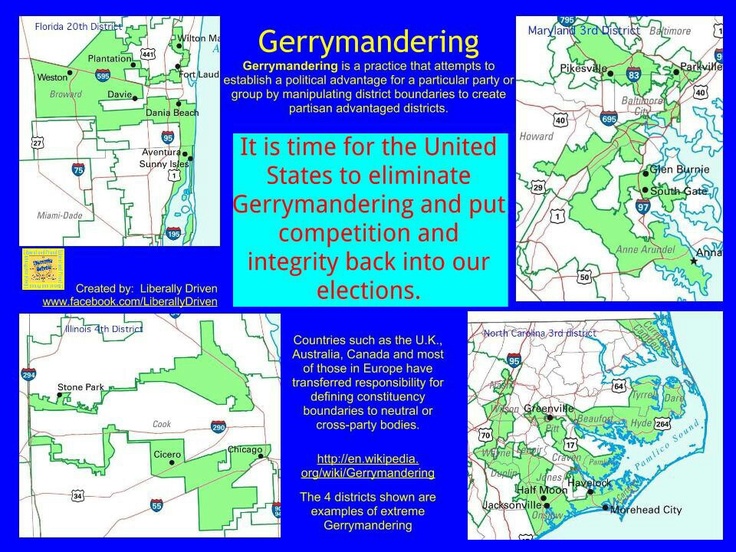Understanding the Connection between Redistricting and Gerrymandering
Redistricting and gerrymandering are two concepts that are often discussed in the context of politics and electoral processes. In this article, we will explore the relationship between redistricting and gerrymandering and how the former can contribute to the latter. We will examine the impact of redistricting on electoral outcomes, the potential for manipulation, and the implications for representative democracy.

Redistricting and Gerrymandering
1. Redistricting: An Overview:
Redistricting refers to the process of redrawing electoral district boundaries, typically following a decennial census.
The purpose of redistricting is to ensure equal representation by adjusting district boundaries to reflect changes in population distribution.
2. Gerrymandering: Defined and Explained:
Gerrymandering is the practice of manipulating district boundaries to benefit a particular political party or group. It involves strategically drawing district lines to create an electoral advantage, often resulting in distorted and unrepresentative outcomes.
3. The Connection between Redistricting and Gerrymandering:
Redistricting provides the opportunity for gerrymandering to occur. By altering district boundaries, those in power can strategically manipulate the distribution of voters to favor their political interests.
4. Packing and Cracking: Techniques of Gerrymandering:
Gerrymandering can be accomplished through two main techniques: packing and cracking. Packing involves concentrating voters of a particular group into a single district, minimizing their influence in other districts. Cracking, on the other hand, involves dividing a group of voters into multiple districts to dilute their voting power.
5. Partisan and Racial Gerrymandering:
Gerrymandering can be driven by partisan interests or to disadvantage specific racial or ethnic groups. Partisan gerrymandering aims to secure an advantage for one political party, while racial gerrymandering seeks to diminish the electoral influence of minority communities.
6. Impact on Electoral Outcomes:
Gerrymandering has the potential to significantly impact electoral outcomes. By manipulating district boundaries, the dominant party can secure a disproportionate number of seats, leading to an imbalance in representation and undermining the principle of fair elections.
7. Challenges to Fair Representation:
Gerrymandering poses challenges to fair representation and can perpetuate a lack of political competition. It can result in safe seats for incumbents, limiting voter choice and reducing the accountability of elected officials.
8. Legal and Ethical Considerations:
The legality of gerrymandering varies across jurisdictions. In some cases, courts have intervened to address extreme cases of partisan or racial gerrymandering. The ethical implications of gerrymandering raise concerns about democratic principles and the integrity of the electoral process.
9. Reforms and Alternatives:
Efforts to combat gerrymandering include calls for independent redistricting commissions, transparent processes, and the use of mathematical algorithms to create fair district boundaries. These reforms aim to reduce the influence of partisan interests and promote more equitable representation.

Information about Gerrymandering
The Need for Fair and Transparent Redistricting:
Redistricting is a necessary process to ensure fair representation based on population changes. However, the potential for gerrymandering highlights the importance of transparency, accountability, and the protection of democratic principles. By addressing the issues associated with gerrymandering, we can strive for a more inclusive and representative democracy that reflects the diverse voices of the population.